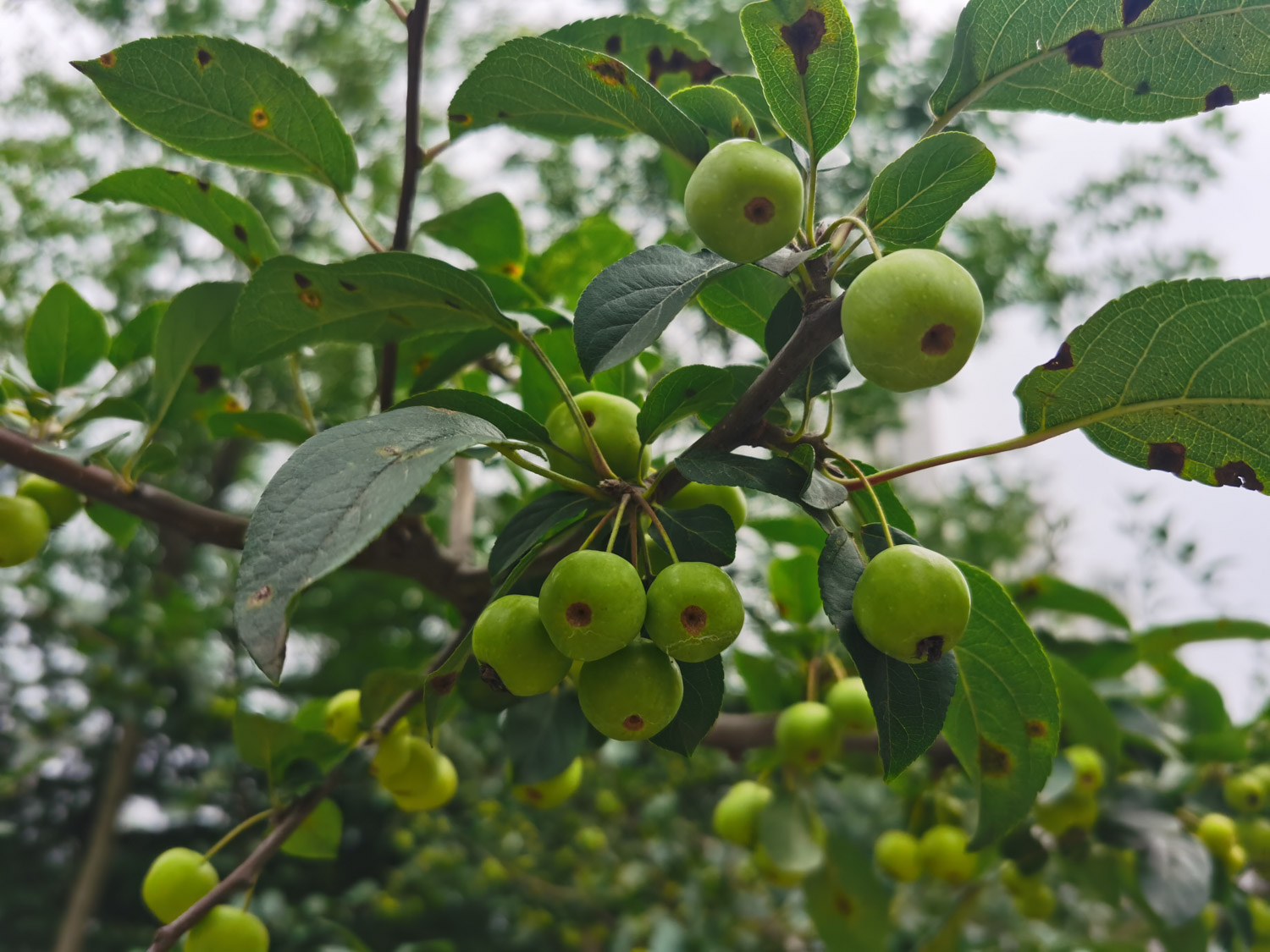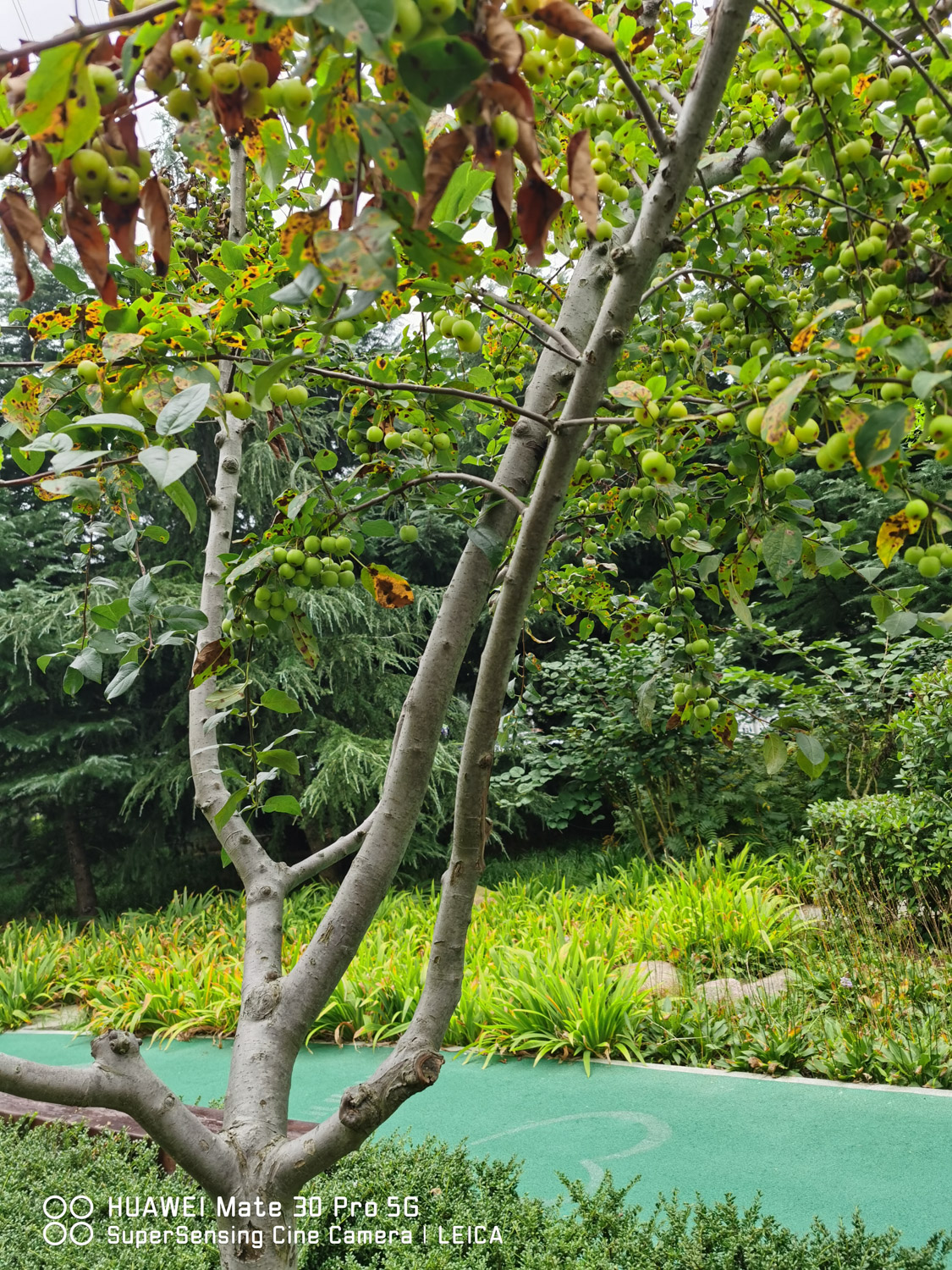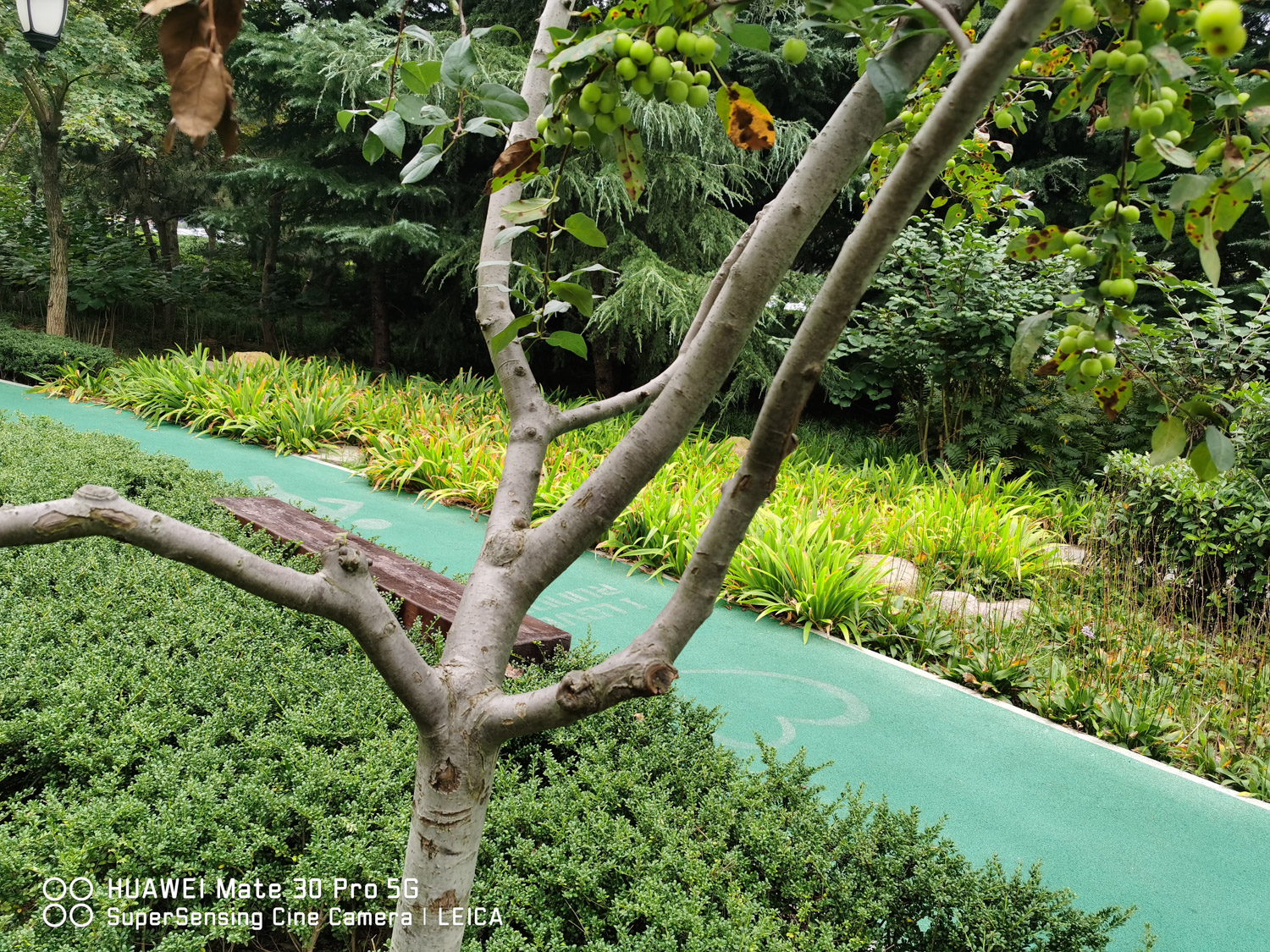1、 Transplanting time
Transplanting Begonia seedlings can be carried out in spring or autumn. The weather in these two seasons is relatively good and the temperature is relatively stable. At this time, if transplanted, Begonia seedlings can adapt to the new environment as soon as possible and recover quickly. It should be noted that transplanting must not choose the muggy midsummer. If the root system of the plant is damaged, it is easy to rot after transplanting

2、 Can transplanting live without soil
When transplanting, it can live without soil, but the survival rate may not be high. Especially when transplanting seedlings, it is best to carry a soil ball, so that it will quickly adapt to the soil environment

3、 Transplanting method
1. Seedling raising: control the amount of water before transplanting, so it will be easier to remove the pot. Be careful not to damage its roots. The plants with soil should be taken out first. Don't just take out the plants. There should be some soil on the roots
2. Pruning: after removing the pot, it needs to be pruned properly, and the long roots and rotten roots on the plant should be cut off. If the branches and leaves on the plant are not growing well, they should also be trimmed at this time
3. Upper basin: the soil shall be prepared before the upper basin, and then the plants with soil shall be put into the soil, the roots shall be buried and the soil shall be compacted. After transplanting, it should be watered thoroughly, and then wait for 5 days before watering next time. Pay attention to watering thoroughly every time


 how many times do yo...
how many times do yo... how many planted tre...
how many planted tre... how many pine trees ...
how many pine trees ... how many pecan trees...
how many pecan trees... how many plants comp...
how many plants comp... how many plants can ...
how many plants can ... how many plants and ...
how many plants and ... how many pepper plan...
how many pepper plan...





























